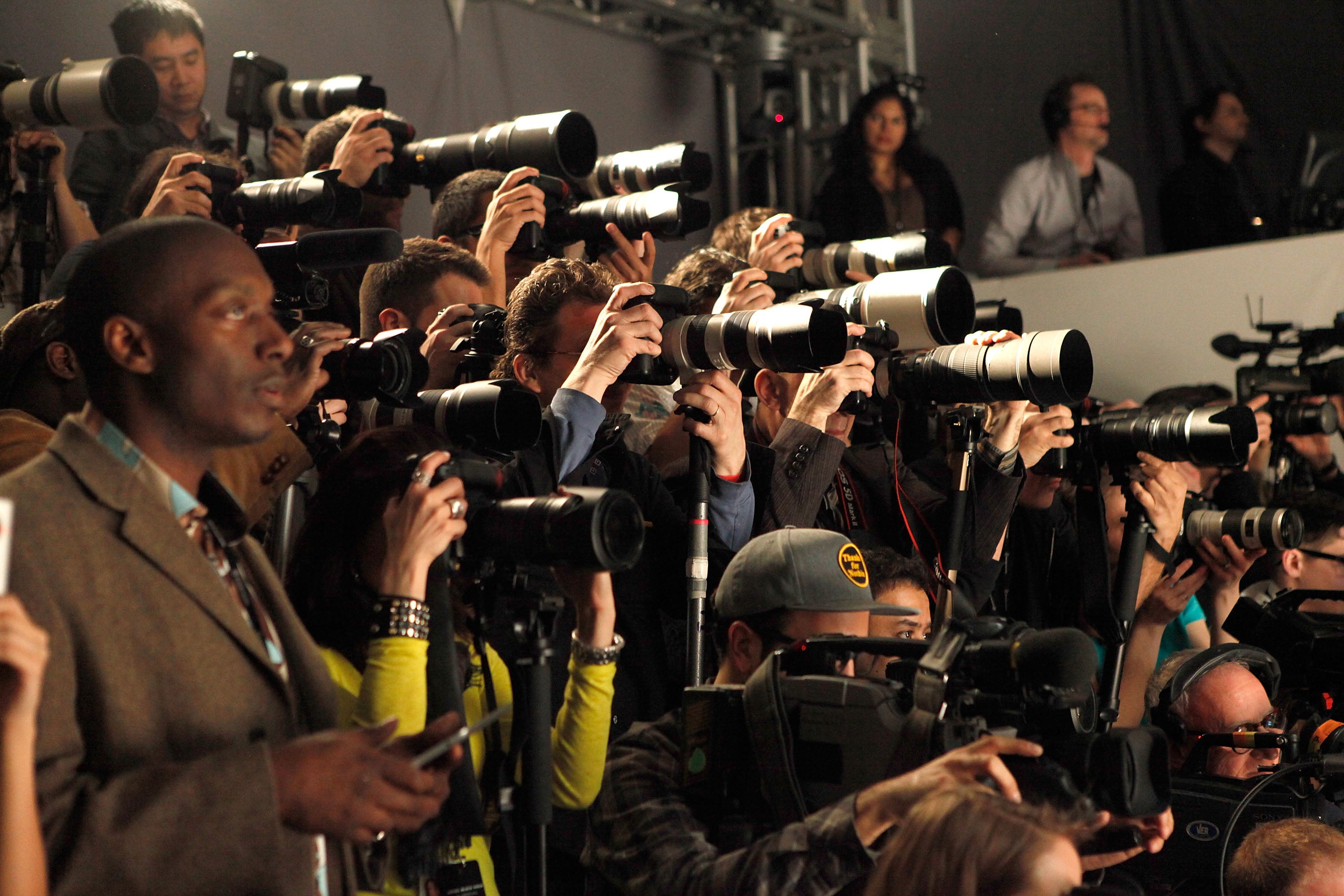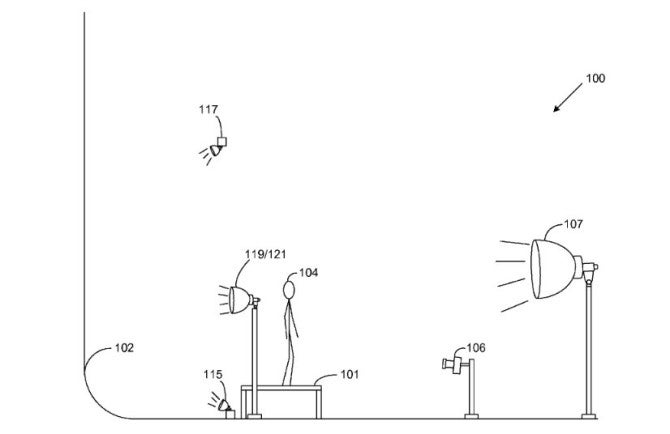Has Amazon really patented one of the most basic ways to take a photograph?
Patent unearthed earlier this month included instructions such as "activate rear light source" and "position subject on elevated platform"

Your support helps us to tell the story
From reproductive rights to climate change to Big Tech, The Independent is on the ground when the story is developing. Whether it's investigating the financials of Elon Musk's pro-Trump PAC or producing our latest documentary, 'The A Word', which shines a light on the American women fighting for reproductive rights, we know how important it is to parse out the facts from the messaging.
At such a critical moment in US history, we need reporters on the ground. Your donation allows us to keep sending journalists to speak to both sides of the story.
The Independent is trusted by Americans across the entire political spectrum. And unlike many other quality news outlets, we choose not to lock Americans out of our reporting and analysis with paywalls. We believe quality journalism should be available to everyone, paid for by those who can afford it.
Your support makes all the difference.Amazon has never done things by halves when it comes to corporate overreach (see their recent fight with publishers Hachette) but when the retailer supposedly patented one of the most basic photography set-ups imaginable it was decided that even they had gone too far.
In a patent unearthed earlier this month by a blog named DIY Photography, Amazon has apparently claimed the intellectual property for a process simply titled “Studio Arrangement” - aka photographing an object in front of a white background.
The details of the patent seemed maddeningly straightforward and unoriginal, with a ‘workflow’ diagram laying out the whole process in just four steps: “Start -> Activate rear light source -> Activate front light source -> Position subject on elevated platform -> Initiate capture -> End.”
In response to Amazon's apparent brazenness, petitions begun to circulate on sites like WatchDog and MoveOn, with the former scaring its 30,000-plus signatories by asking: “Taking a photo against a white background? You may owe Amazon money."

Twitter was outraged over the light-patenting (some reports say incandescent) and even Stephen Colbert got in on the action, with the US comedian joking that “Amazon now has legal ownership of the idea of displaying a thing.”
However, despite these well-intentioned criticisms, it seems that Amazon’s patent might not be quite as absurdly far-reaching as it seems at first glance. In a blog post earlier this week, photographer Ken Rockwell pointed out that the actual process being detailed is “very clever and particular” and “saves loads of time making studio shots.”
“Brilliant!” writes Rockwell of the process. “Amazon didn't patent the […] white background as the ignorati have claimed; they only patented a clever method to get the reflecting floor to blend seamlessly into the background.”
Rockwell says that the patent’s exact set-up uses a raised transparent platform, lights and a backdrop to give “instant in-camera images with a 100% white background and slight reflection below the subject [with] no postprocessing (like Photoshop)” – a clever implementation that saves a big operator like Amazon (their Brooklyn studio churns out a reported 19,000 images daily) a lot of time.
None of this invalidates the well-recorded lunacy of the American patent system (nor Amazon’s bully-first, apologise-never approach to corporate life) but it does mean that this particular patent isn’t a threat to amateur photographers or small studios. It’s more likely aimed at other large players working on the same scale as Amazon – and they’ve probably got patents of their own.
Join our commenting forum
Join thought-provoking conversations, follow other Independent readers and see their replies
Comments